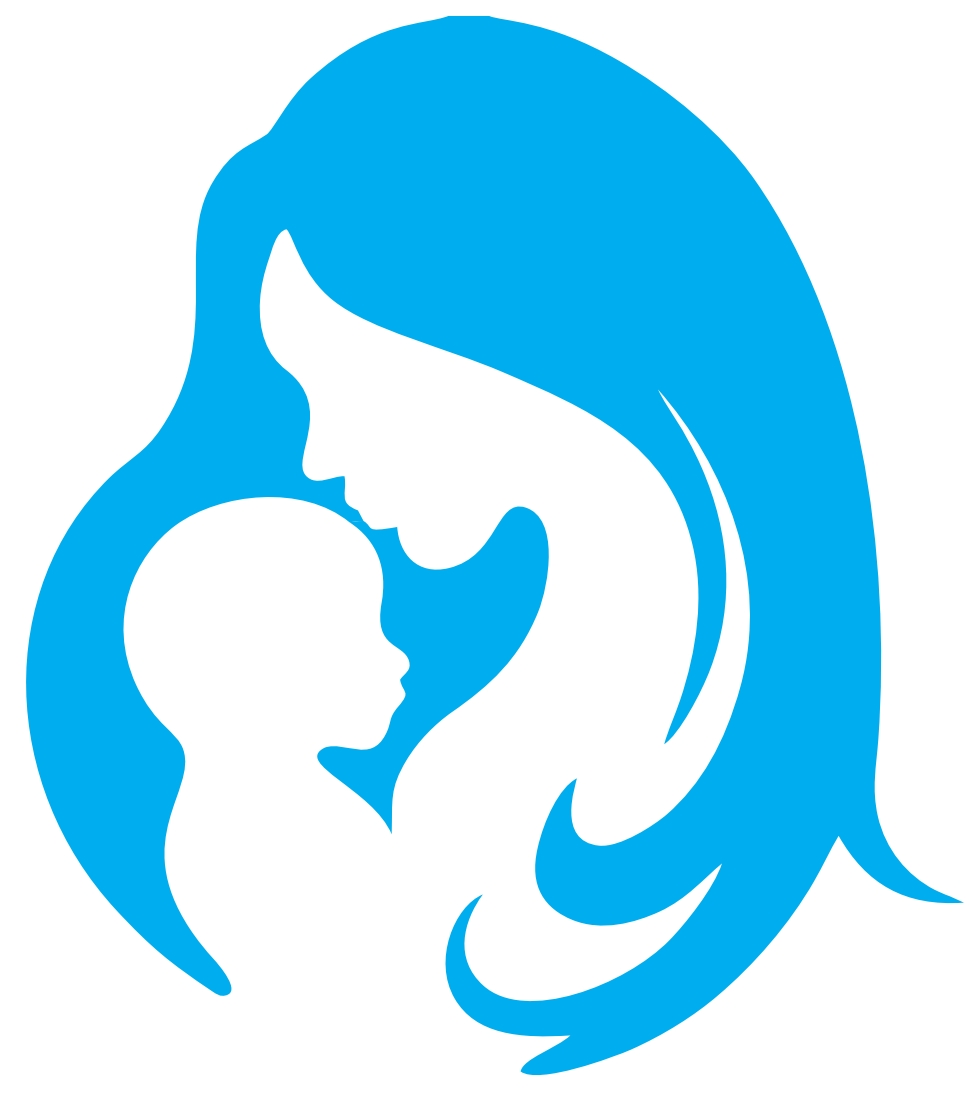Reproductive health is crucial for every woman, making it vital to identify serious conditions early. One condition that stands out is ovarian torsion. Though rare, it’s a critical medical issue that demands immediate attention. Understanding its symptoms and risks can pave the way for timely intervention and informed healthcare choices. Raising awareness about what is ovarian torsion helps women act quickly if the condition arises, potentially saving the affected ovary.
Recognizing this condition’s serious nature ensures women can be prepared and responsive. The urgency surrounding ovarian torsion isn’t to be underestimated, as quick action is necessary to prevent severe complications.
Understanding Ovarian Torsion: Causes, Symptoms, and Risks
Ovarian torsion occurs when an ovary twists around the tissues supporting it. This twist can cut off the ovary’s blood supply, leading to severe complications. Understanding what can cause ovarian torsion is essential.
- Causes include:
- Large ovarian cysts
- Hormonal treatments
- Benign tumors
- Pregnancy
Knowing what triggers it can help those at risk take preventive measures.
Symptoms typically involve: – Severe abdominal pain – Nausea – Vomiting – Intermittent pain
These signs can be mistaken for other issues. Thus, knowing what are the symptoms of ovarian torsion can prompt someone to seek medical advice promptly. Identifying these symptoms early ensures swift intervention, significantly reducing the chances of long-term damage.
Awareness of potential risks tied to ovarian torsion is key. Women at risk include those undergoing fertility treatments or with a family history of ovarian cysts. Recognizing the symptoms and underlying causes is crucial for prompt treatment.
Navigating Diagnosis and Emergency Response
Ovarian torsion is an emergency with rapid effects on health. Seeking immediate care is critical, as swift intervention prevents severe outcomes. Ovarian torsion diagnosis involves a few straightforward steps:
- Physical assessment: A healthcare provider will check for tenderness and swelling.
- Ultrasound: This imaging test helps see the twisted ovary.
These steps help doctors confirm the twisting and assess blood flow to the ovaries. Knowing about the emergency nature and ovarian torsion diagnosis process can ease anxiety and guide quick decisions.
Healthcare providers play a critical role in ensuring prompt care. They might suggest a laparoscopy, a minimally invasive surgery, to untwist the ovary. Quick treatment through surgery can help to preserve ovarian function. This option is vital, especially for women wishing to maintain fertility.
The healthcare team’s swift response ensures better recovery chances and minimized risk of complications. It’s crucial women understand the process and reach out for help when these symptoms occur.
Aftercare and Prevention: Safeguarding Women’s Reproductive Health
Recovery from ovarian torsion treatment options requires care and monitoring. Proper follow-up is important for complete healing. Below is a simple recovery plan:
- Follow-up visits: Ensure regular check-ups post-surgery.
- Monitor symptoms: Watch for lingering pain or other unusual signs.
- Emotional support: Find a support network, talk to friends or groups.
These steps make sure women recover fully and stay healthy. Preventing future incidents needs attention to ovarian health and lifestyle.
Here are some prevention guidelines: 1. Regular health check-ups 2. Awareness of family history with ovarian issues 3. Monitor any unusual symptoms
Self-awareness and education play pivotal roles in keeping the condition at bay. Understand your body and its signals, and don’t hesitate to seek medical advice. Being proactive about your health helps reduce risks and complications.
Encouragingly, women should advocate for their reproductive health. By partnering with healthcare providers and taking preventive steps, potential problems may be mitigated. Stay informed, proactive, and involved in your healthcare decisions for a healthier tomorrow.
Understanding what happens if ovarian torsion is not treated illuminates the seriousness of seeking timely medical intervention. Unaddressed, it can lead to lost ovarian function and other health complications.
Embracing these insights into ovarian torsion signs and treatment routes equips women to make informed choices, ensuring their wellness and peace of mind. Knowledge truly is power in safeguarding reproductive health.
Ovarian torsion is a serious condition that occurs when an ovary twists around the ligaments that support it, cutting off its blood supply. This can lead to severe abdominal pain, nausea, and vomiting, and if left untreated, may cause the ovary to become damaged or even lead to its removal. Early diagnosis and prompt surgical intervention are crucial for preserving the ovary and preventing further complications.
If you’re experiencing sudden, intense abdominal pain, it’s important to seek medical attention immediately. Preeti Meena Clinic specializes in the diagnosis and treatment of ovarian torsion.
Don’t wait—consult Preeti Meena Clinic today for expert care and timely treatment.

